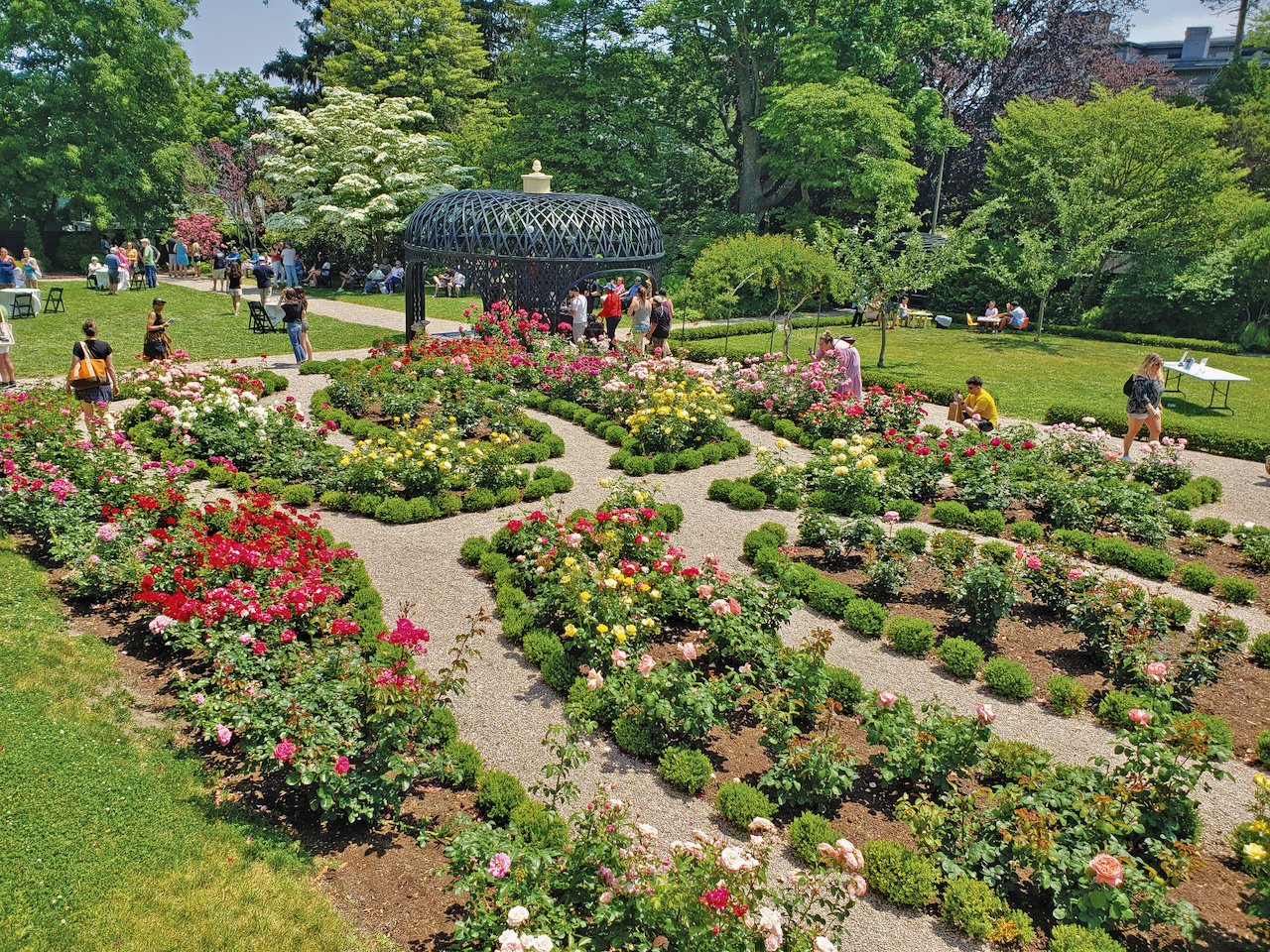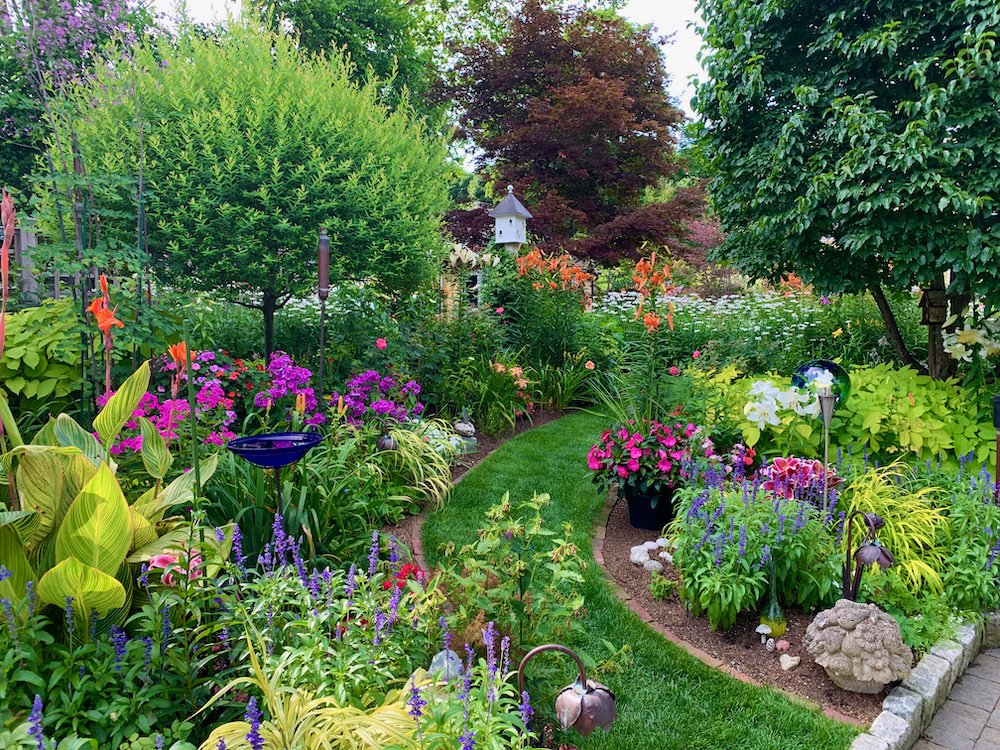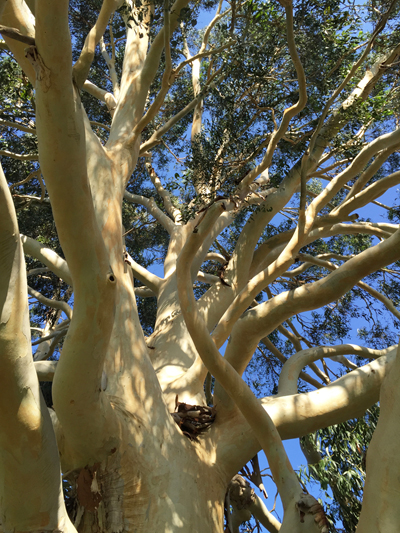Roses Bloom at Elizabeth Park
/June is the best time for visiting gardens that feature roses, and there's no place better in New England than Elizabeth Park in Hartford, Connecticut - the home of our country's oldest public rose garden.
The property was once called Prospect Hill, the Hartford farming estate of wealthy businessman and politician Charles Murray Pond, and his wife, Elizabeth. When he died in 1894, Charles left his entire estate to the City of Hartford for a public park in his will. The estate consisted of 90 acres and a generous fund to purchase additional land, hire a park designer, and for maintenance. He requested that the park be a botanical park and named after his wife, Elizabeth, who was an avid gardener.
Swiss-born landscape architect Theodore Wirth was hired as the park superintendent, and he worked with the firm of Frederick Law Olmstead to design this new space. Elizabeth Park reflects a combination of both schools of landscape design with European formal gardens and Olmstead's natural setting with serpentine roadways, sweeping vistas and peripheral trees.
The rose garden is the centerpiece of Elizabeth Park, 2.5 acres in size with 475 beds and over 15,000 rose bushes and arches. The arches are in full bloom in late June to early July, and are just spectacular. They only bloom once. Many of the other roses continue to bloom until the fall.
If you visit in June, be sure to see the separated Heritage Rose Garden —one of the few in the country. Also known as Old Garden Roses, Heritage Roses—Albas, Bourbons, Centifolias, Damasks, Chinas, Gallicas, Hybrid Perpetuals, Moss, Noisettes, Portlands and Teas—are extremely fragrant and bloom only in June. These roses are exhibited in raised beds that form a five-petaled rosette symbolizing a centifolia or 100-petaled rose, which is the typical form of a heritage rose.
I grew up just a few miles from Elizabeth Park, and have a personal connection to the rose garden. My neighbor and friend Donna Fuss became a stay-at-home mom when her children were born, and developed a passion for gardening, especially for roses. She and her husband Mike planted a small formal rose garden in a corner of their backyard, and as their passion for roses grew, added more and more rose beds throughout the yard. They started entering rose shows, judging, and co-founded the Connecticut Rose Society. Donna’s hobby evolved into a second career, and she became the consulting rosarian to Elizabeth Park Rose Garden. Knowledgeable, outgoing, generous, and funny, Donna became an ambassador for Elizabeth Park - fondly known as the “Rose Lady.” She shared her garden enthusiasm with everyone she met, and I owe some of my garden passion to Donna.
In addition to its rose gardens, Elizabeth Park has several other notable gardens. The Perennial Garden is formal in design, with a central wooden pavilion adorned with Clematis Jackmanii. Enclosed by a hedge of dwarf Japanese yew, the garden features 1,600 perennials arranged in “cool” and “warm” color beds accented by silver grey foliage.
The Tulip and Annual Garden is planted with 11,000 tulips each fall for a spectacular spring display, and features a American Flag in summer.
The Shade Garden features mixed plantings of herbs, perennials, ornamental grasses, woody shrubs, and small evergreen and deciduous trees. Several horticultural groups design, plant, and maintain gardens in the park. These specialty gardens include the herb garden, dahlia display garden and iris garden.
After touring the gardens, you can have lunch at the Pond House Cafe located withing the park. The cafe features eclectic cuisine made with fresh, local ingredients. The menu changes to reflect the seasons.
Elizabeth Park is open 365 days of the year, dawn to dusk, and is FREE to the public. There are no admission fees.
Elizabeth Park is one of the gardens profiled in The Garden Tourist, a book of 120 destination gardens and nurseries in the Northeast, which will be published in fall 2017.
You Might Also Like










































































































































































